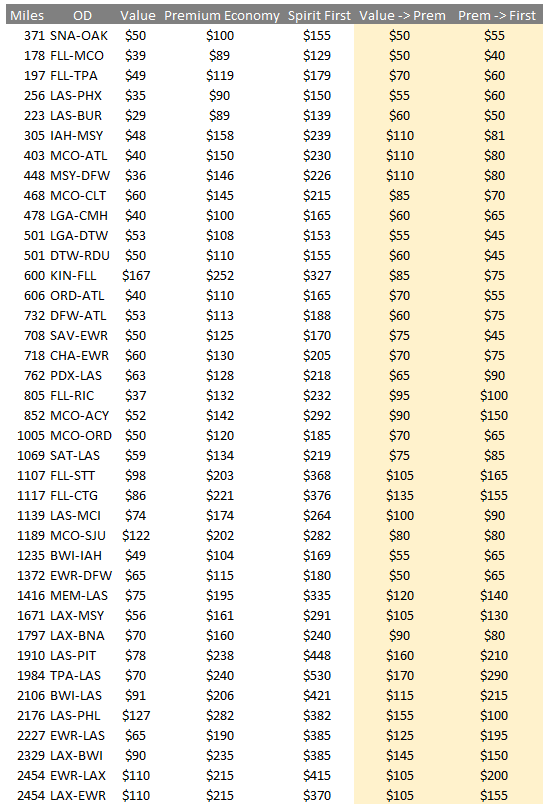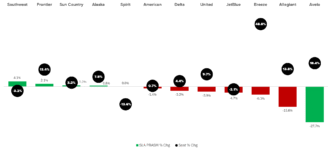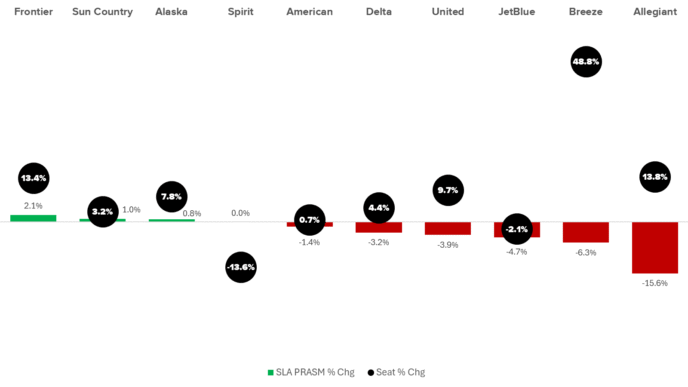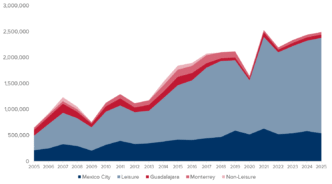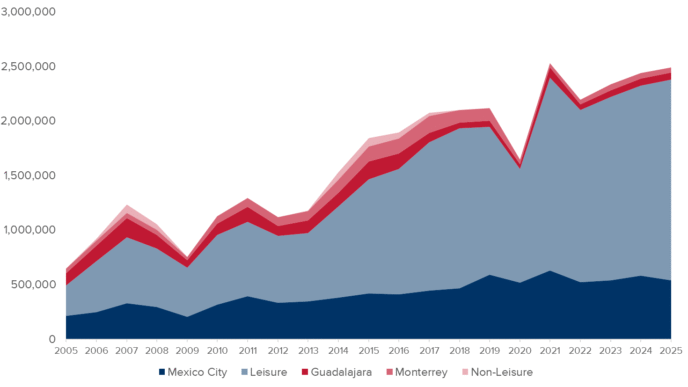The Future of First-Class Travel: A Changing Landscape
The days of first-class travel are dwindling, though it’s not entirely disappearing just yet. Between 2019 and 2024, the number of first-class seats dropped by 40%, while premium economy options surged. At the same time, budget airlines have been gaining ground in the aviation market. In the U.S., major airlines have gradually eliminated first-class offerings, with American Airlines being the last to hold out on select Boeing 777-300ERs and Airbus A321Ts. However, even American is phasing out first class, signaling a shift where no U.S.-based airline will offer it. Despite this trend, some international carriers like Lufthansa are still investing in first-class experiences, suggesting it won’t vanish entirely.
Why are airlines moving away from first class? The simple answer is economics. First-class seats have become harder to sell, especially as business class has improved and closed the gap in quality. Social factors also play a role. Once a luxury only the wealthy could afford, flying has become a routine activity for many. The glamour of dressing up for a flight has faded, and the experience is now seen as just another way to get from point A to point B. While flying first class still carries some prestige, many travelers see it as an unnecessary expense. Most people, even those with means, prioritize comfort over luxury, making premium economy or business class more appealing.
In 2022, American Airlines announced it would end its Flagship First class, marking the end of an era for U.S. airlines. By mid-2025, American is still in the process of phasing it out in favor of the new Flagship Suite. United Airlines and Delta Air Lines had already done away with their first-class offerings, with United’s Global First and later Polaris First being phased out in 2018. The shift reflects changing consumer preferences and the evolving landscape of air travel.
#AviationTrends #FirstClassTravel #AirlineIndustry
Originally reported by Simple Flying Read More



